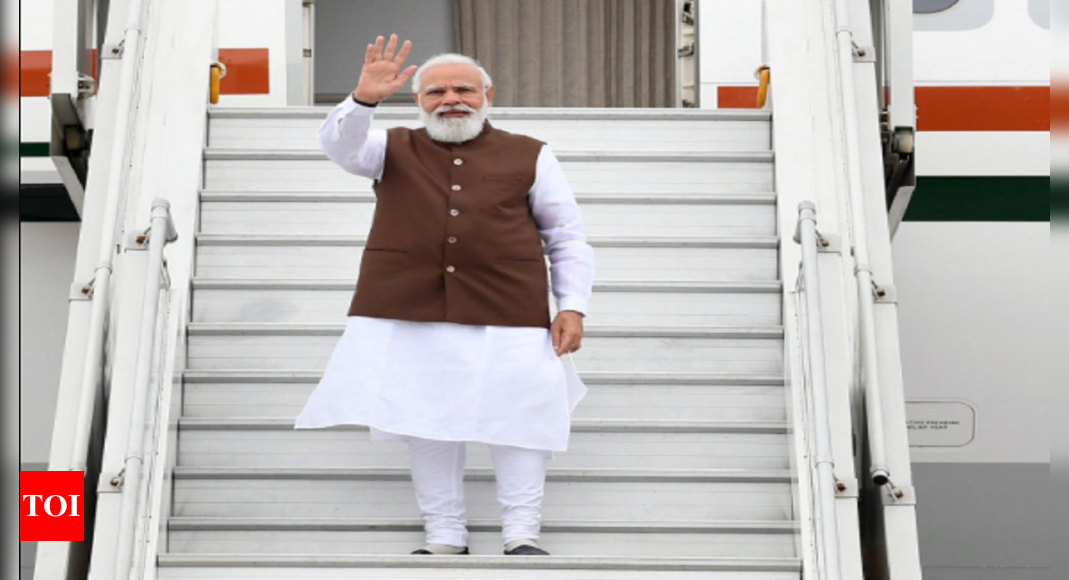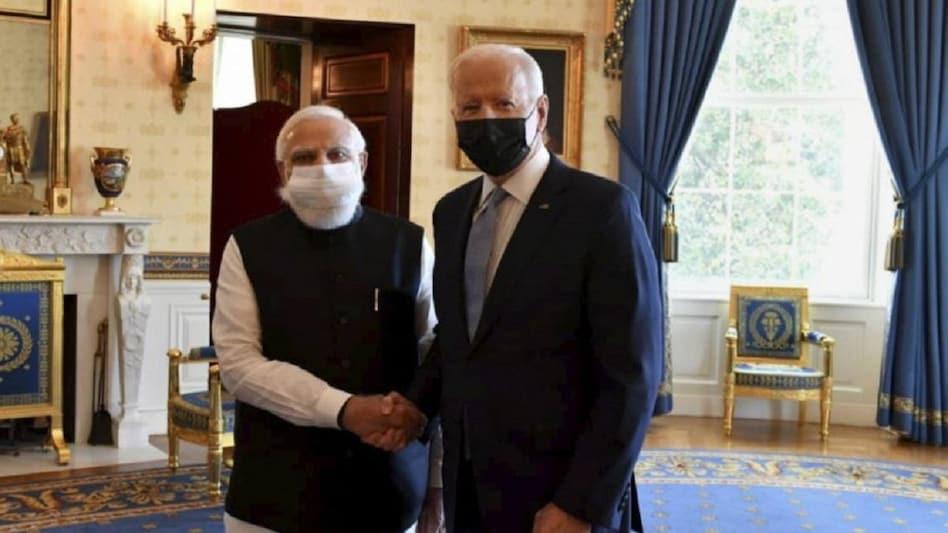The drill will give Japan's fighter pilots the experience of going head-to-head with the Su-30, variants of which are flown by China and Russia, too.

www.thedrive.com
Indian Su-30 Flankers To Dogfight Japanese Fighters Later This Year
The drill will give Japan's fighter pilots the experience of going head-to-head with the Su-30, variants of which are flown by China and Russia, too.
BY
MICHAEL PECK SEPTEMBER 30, 2021
The Indian Air Force is sending its Su-30MKI Flanker fighters to Japan for joint exercises with the Japan Air Self-Defense Force (JASDF), according to
Japan’s Sankei Shimbun newspaper. The fighter exercises were originally scheduled for 2020 and then summer 2021, only to be postponed both times by the coronavirus pandemic. “But the [Japan] Air Self-Defense Force and the Indian Air Force have agreed that they would like to realize it by the end of the year in view of the threat of China,”
Sankei Shimbun said.
While Indian Su-30s have participated in joint exercises with
U.S. F-15s and
British Typhoons, among other units and types, this would mark a rare opportunity for Japanese fighter pilots — who fly F-15s, F-2s, and newly acquired F-35s — to practice
dissimilar air-combat training against the Russian-designed Su-30. Japan faces not only Chinese Su-30s, but also Su-30s flown by Russia, with whom Japan has territorial disputes, as well as many other Flanker derivatives in both potential adversaries’ air arms.
“The value for Japan of being able to train with Indian Su-30s could be significant,” Corey Wallace, who teaches East Asian security at Japan’s Kanagawa University, told
The War Zone. “The JASDF can look forward to enhancing its pilots’ understanding of the Su-30’s maneuverability, cruising range, fuel consumption, and turnaround times for maintenance, which could be vital for planning during a protracted conflict.” In addition, India’s Su-30s are equipped with
three-dimensional thrust vectoring capability, which makes them especially unique to train against in traditional within-visual-range air combat scenarios.
Perhaps more important, the exercises are a worrisome signal to Beijing that its rivals India and Japan are tightening their defense ties. Chinese and Indian troops fought
deadly border clashes in the Himalayas in 2020, while China and Japan are at odds over
Chinese claims to the Japanese-held Senkaku Islands in the East China Sea.
“India well understands that its greatest leverage against China is the prospect of joining in combinations with like-minded partners like Japan,” Arzan Tarapore, a South Asian studies scholar at Stanford University, told
The War Zone. “This threat of coalition-building, rather than anything that India does alone, is what scares Beijing the most.”
Planning for the exercise dates back to December 2018, when the JASDF dispatched a C-2 transport to Agra Air Force Base in India for joint training with IAF C-17s, followed in 2019 by a JASDF C-130.
“This paved the way for regular joint training, and the ASDF and the Indian Air Force decided to raise the level of training content and conduct joint training for fighters,”
Sankei Shimbun reports. Indian Su-30s were first supposed to train with Japanese F-15s at Komatsu Airbase in June 2020 — only to see the event postponed by the first wave of coronavirus. Training was then shifted to F-2 fighters at Hyakuri Airbase in July 2021, but this was put on hold because of the Delta variant of Covid-19.
Interestingly, the Su-30 — an advanced descendant of the ubiquitous Su-27 Flanker family of heavy fighters — could fight on both sides in a China-India conflict. The Flanker family is the backbone of the People’s Liberation Army Air Force and Navy heavy fighter fleets, including 97
Su-30MKK and Su-30MK2 aircraft, as well as more than 500 J-11,
J-15, and
J-16 aircraft, which are Chinese-licensed copies or indigenous designs based directly on the Flanker.
India has
272 Su-30MKI fighters, most of which were assembled under license in India by Indian aviation manufacturer HAL. The Indian aircraft feature Israeli and French avionics and electronic warfare systems, while China’s Su-30MKK and MK2 borrow limited features from the even more advanced
Su-35, another Flanker derivative flying in limited numbers with China’s and Russia’s Air Forces.
The symbolic value of the Indo-Japanese aerial exercises may actually be more potent than the military benefits. India and Japan, along with the United States and Australia, comprise the
Quadrilateral Security Dialogue (the Quad), an informal security alliance that’s essentially aimed at containing China. With India on China’s southwest border, Japan on China’s northeast frontier, and the United States, Australia, and Taiwan to the east and south, Beijing may be feeling surrounded. Tighter defense cooperation between India and Japan will only reinforce that feeling.
“This is very clear diplomatic signaling from two Quad partners whose relationship has promised much but has underdelivered up until now,” noted Wallace.
Indian Su-30s in Japan could be the start of something bigger: Indian and Japanese forces sharing each other’s military bases. Wallace points to the aerial exercises as well as the
Acquisition and Cross Servicing Agreement (ACSA) signed by India and Japan in September 2020, which allows the armed forces of both nations to share services and supplies.
“The broader strategic significance of this agreement is that it allows the Indian military to access Japanese bases in Japan, but also Japan’s Djibouti base near key Middle East sea lanes,” Wallace said. “In return, it provides the Japanese greater access to major Indian bases in the Andaman and Nicobar Islands in the Bay of Bengal, which sit astride western approaches to the Malacca Strait.”
Historically, Japan has been reluctant to project military power abroad since 1945. That’s partly because of
Article 9 of Japan’s U.S.-written postwar constitution, which renounces war and offensive capabilities, though these
inhibitions may be fading as Japan confronts growing Chinese power. While operating from Indian bases might be politically sensitive, it would allow Japan to protect vital maritime trade routes — and also to discomfit China.
Still, operationalizing such a strategy may not happen on a consistent basis in the near term, it could occur during a crisis or eventually in support of Japan’s new push to project naval power abroad. Tarapore also doubts India would agree to such joint-basing on a permanent basis. “That’s because of the priority that India places on what it calls ‘strategic autonomy,’ or not entering into any binding security commitments,” Tarapore said. “And you can’t get much more committed than deployed forces to another country's territory, or having them deployed to yours.”
Regardless, multinational exercises are an invaluable tool for training. U.S. pilots, for example, have
benefited greatly from practicing against Indian Su-30s
during past Cope India exercises, not just because of exposure to foreign equipment, but also a chance to observe wily foreign tactics. And in Japan’s case, if similar exercises happen to send a signal to potential adversaries such as China, so much the better.

 timesofindia.indiatimes.com
timesofindia.indiatimes.com











